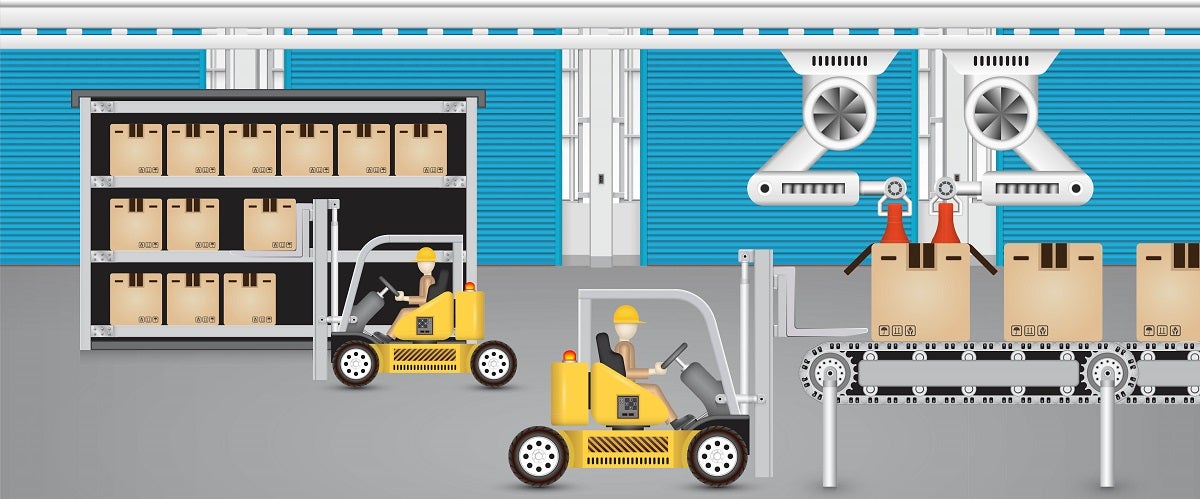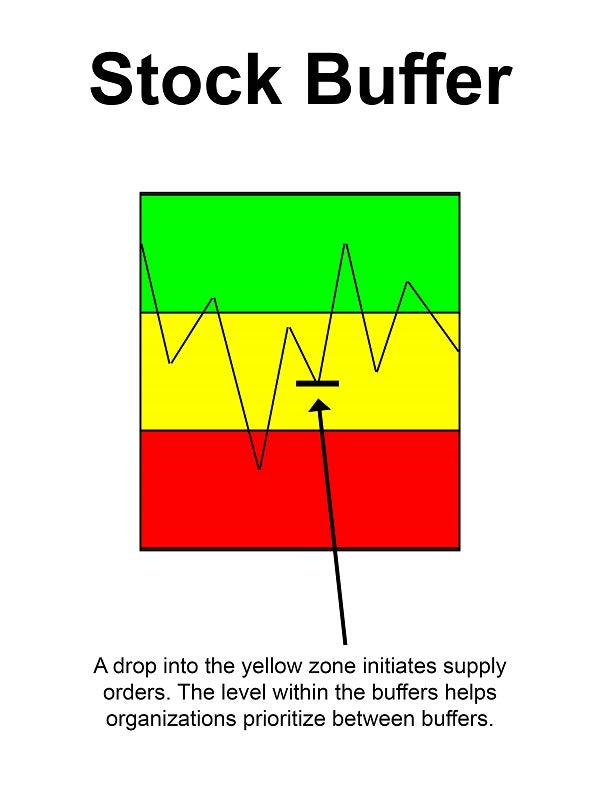
This blog is part of a series on designing a demand driven operating model.
1. What are Decoupling Points?
2. What are Control Points?
3. Protecting Decoupling and Control Points
A. Stock Buffers (Decoupling Points)
B. Time Buffers (Control Points)
C. Capacity Buffers (Decoupling and Control Points)
Becoming Demand Driven
In the modern manufacturing industry that experiences ever-increasing complexity, one of organizations’ biggest hopes for minimizing variability, maximizing flow, and achieving long-term competitive success is becoming demand driven.
As Debra Smith and Chad Smith state in their book, Demand Driven Performance: “Demand driven strategy is about dramatic lead-time compression and the alignment of efforts to respond to market requirements. This includes careful synchronization of planning, scheduling, and execution with actual consumption.” The idea is that organizations position themselves and their operations to be able to respond to customers and the environment in the most agile way possible, and with the least waste (of time, money, and other resources) possible.
Demand Driven Operating Model
Part of becoming demand driven, aside from understanding the growing complexities of the manufacturing industry and the implications of flow and variability, is designing a demand driven operating model.
We’ve already covered the first two steps of the design process, placing decoupling points and control points, and this blog will discuss the big ideas behind the third step of the process, which is protecting decoupling and control points with buffers, and dive into what stock buffers are. While these blogs will provide a useful jumping-off point, oftentimes the most effective way to successfully create a demand driven operating model for your organization is working with a trained professional who understands the process deeply and can help guide you through it. If you’re interested in learning more or beginning the process, members of our team at Repathis, are certified as Demand Driven Leader Professionals, meaning we have resources certified to analyze and evaluate organizations using the demand driven operating model and demand driven S&OP principles. Contact us here if you’d like to learn more about designing a demand driven operating model and applying demand driven principles.
Let’s tackle the third step in designing a demand driven operating model: protecting decoupling and control points.
How to Protect Decoupling and Control Points? Buffers.
Buffers are needed to protect decoupling and control points from accumulated variability. By placing buffers, decoupling points and control points can dynamically adjust to variability and more effectively protect flow.
There are three types of buffers used to protect decoupling and control points. The first that we'll focus on is the stock buffer, which specifically protects decoupling points and is considered integral to a well-functioning demand driven operating model.
Demand Driven Stock Buffers
In their book, Demand Driven Performance, Debra Smith and Chad Smith define stock buffers:
“Stock buffers are quantities of inventory designed to cushion a position or place against variability,” also called “strategically replenished buffers.” They should be used to protect decoupling points. Because they dampen variability in both directions within a dependency structure, they protect against the bullwhip effect and help maximize flow. This two-way effect becomes especially important as decoupling points move closer and closer as customer tolerance times continue to shrink.
The size of demand driven stock buffers, or strategically replenished buffers, should be determined by a variety of factors, including average rate of use, lead time, variability, and order multiples. Green, yellow, and red zones are outlined within the buffer to make prioritization of planning and execution easy and clear. When stock levels drop into the yellow zone, it initiates supply orders. Each buffer's stock level helps organizations prioritize between buffers when it comes to fulfilling supply orders. The buffers should not remain stagnant, either: they adapt to market consumption changes as well as planned organizational activities. The replenishment of the buffers is also strategically determined by DDMRP’s “available stock equation” and how it relates to each buffer’s yellow zone.

